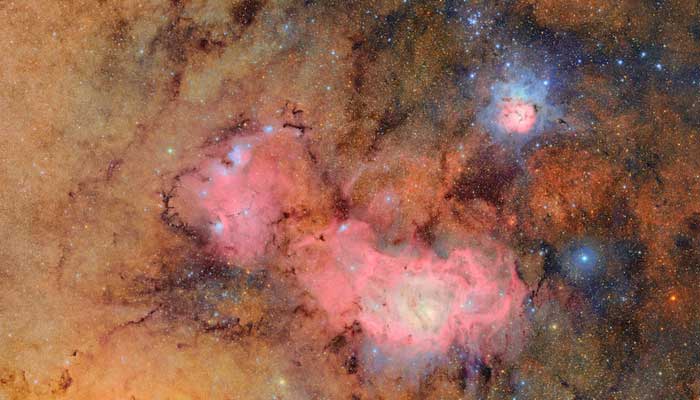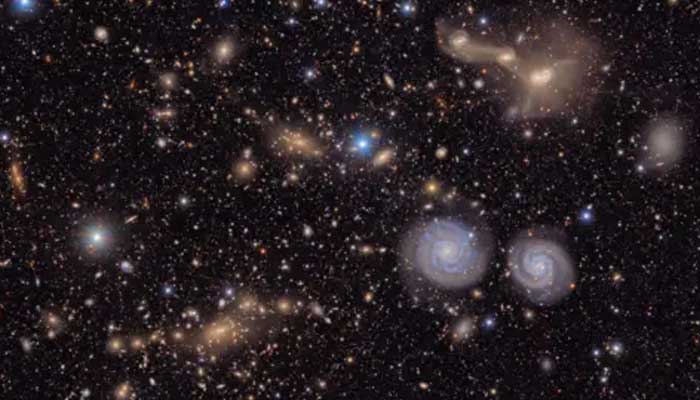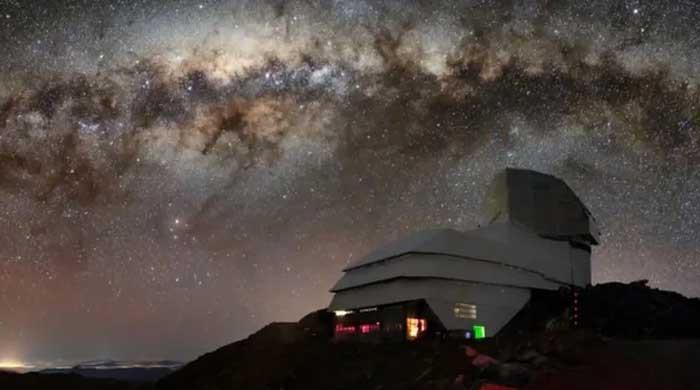Washington: The team behind the long-awaited Vera Rubin Observatory in Chile released their first photos on Monday and revealed a breathtaking view of star-forming regions as well as distant galaxies.
More than two decades in creation lies the gigantic US-funded telescope is at the top of Cerro Pachon in central Chile, where dark sky and dry air provide ideal conditions to observing the cosmos.
One of the debut images is a composition of 678 exposures taken over only seven hours, catching the trifid Nebula and the lagoon Nebula-Begge several thousand light years from Earth-causing in living pink on orange-red backgrounds.
The picture reveals these stars’ nurseries in our milky way in the unprecedented detail, with previous weak or invisible features that are now clearly visible.
Another image offers a sweeping view of the virgin cluster of galaxies.
The team also released a video called “Cosmic Treasure Chest”, which begins with a close -up of two galaxies before zooming out to reveal about 10 million more.

“Rubin observatory is an investment in our future that will put a cornerstone of knowledge today that our children will proudly build tomorrow,” said Michael Kratsios, director of the White House Office of Science and Technology Policy.
Equipped with an advanced telescope of 8.4 meters and the largest digital camera ever built, the Rubin Observatory is supported by a powerful data processing system.
Later in the year, it begins its flagship project, the Legacy Survey of Space and Time (LSK). Over the next decade, it scans the night sky at night and catches even the subtle’s visible changes with unmatched precision.
The observatory is named after the groundbreaking American astronomer Vera C Rubin, whose research provided the first decisive proof of the existence of dark matter – a mysterious substance that does not emit light but exerts gravitational influence on galaxies.

Dark Energy refers to the equally mysterious and incredibly powerful force assumed to drive the accelerating expansion of the universe. Together, dark matter and dark energy are meant to make up 95 percent of the cosmos, yet their true nature is still unknown.
The observatory, a joint initiative from the US National Science Foundation and Department of Energy, has also been hailed as one of the most powerful tools ever built for asteroids tracking.
In just 10 hours of observations, the Rubin Observatory discovered 2,104 previously undiscovered asteroids in our solar system, including seven near-earth-objects-and all of them do not pose any threat.
In comparison, all other earth and space-based observatories discover about 20,000 new asteroids a year.
Rubin is also set to be the most effective observatory by discovering interstellar objects passing through the solar system.
More pictures from the observatory are expected to be released later Monday morning.



